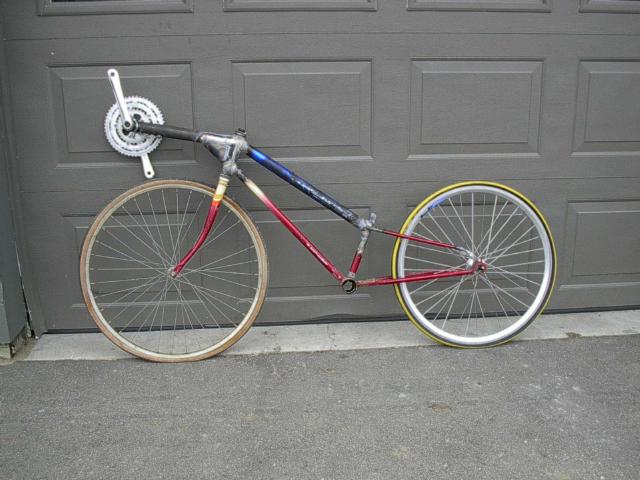
Here is the steel version as it came back from the initial build. Construction so far is pretty intuitive. Cut the top tube and half of the seat tube from the red bike, bend the seat stays down and add a top tube and boom. I've put a 559 rear wheel on it, but it still has the fork and ISO 590 front tire that came with the red road bike.
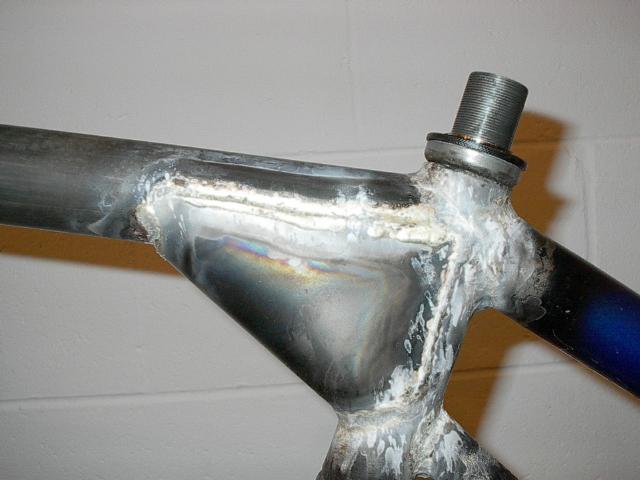
Close-up of the gusset, finely crafted from some sheet chromoly. The purpose was to help strengthen the boom where it joins the head tube.
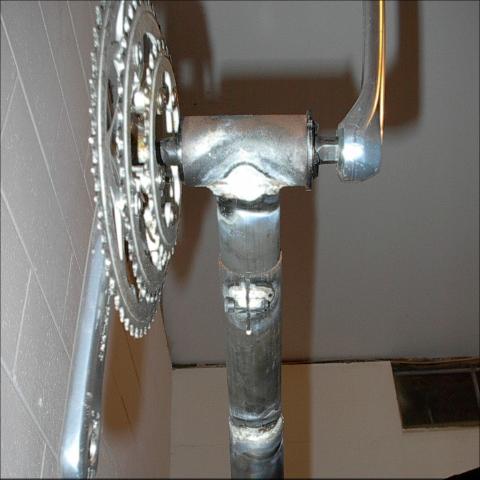
View of the underside of the boom. We're using a single pinch bolt. If it isn't enough, we can always add another.

I got a really nice fork, a Kinesis Air Foil. It's 'way better than this project deserves, but the price was right! And a serviceable front wheel from a mountain bike which was left for the junk man. The riser is a piece of 7/8" aluminum tubing, clamped inside the steerer tube.
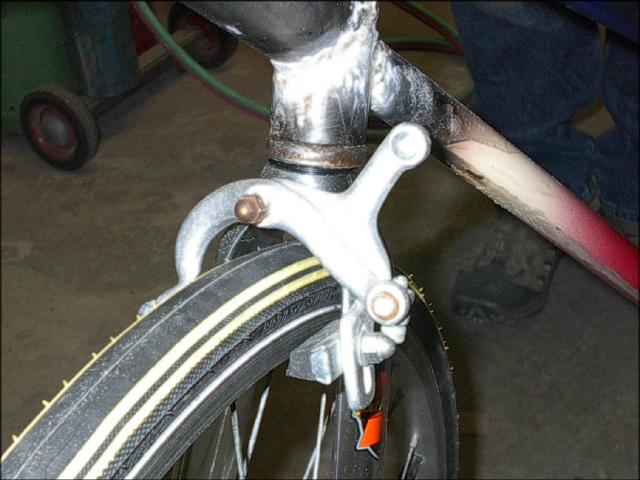
Front brake, from an old Schwinn mixte road bike. The brake arms are already on the left, and all set for bottom-pull.
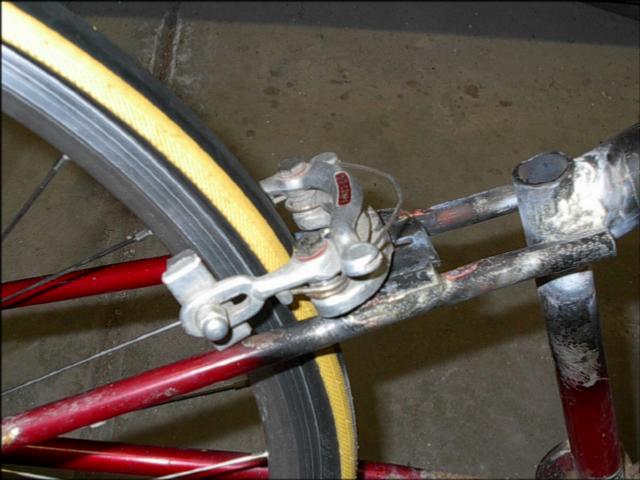
The rear brake is a Suntour centerpull. Hey, this is classic stuff!
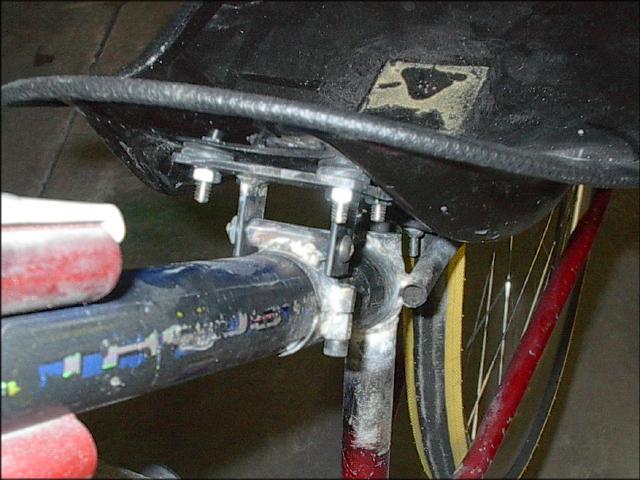
The seat mounts featured on the WISIL site will clamp to a frame but they don't allow the recline to adjust. By adding a pivot to the top, we added that capability.
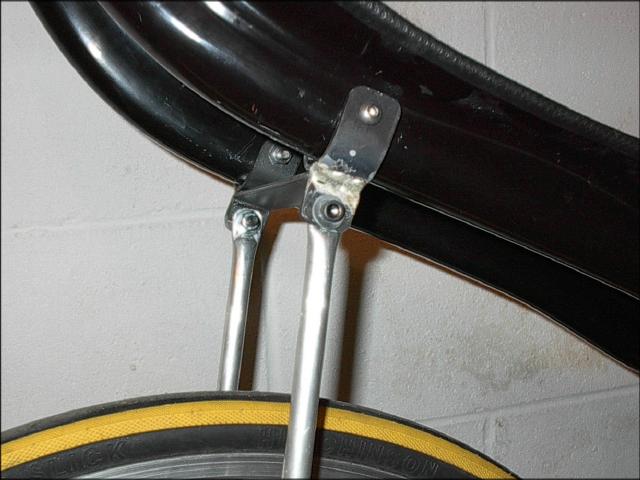
Of course, once you get the capability to adjust the recline, you find you don't need to do it a lot. The easiest way to make sprint braces was to make them a fixed length. Here, I crushed the ends of some 1/2" aluminum tubing, then drilled them to accept bolts top and bottom. If I decide I need a different recline, I can just make more braces.
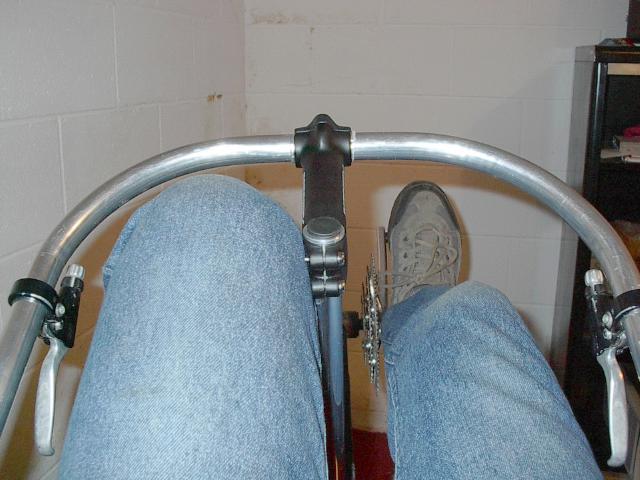
For handlebars, I bent a piece of 7/8" aluminum tubing. Just for a change, I decided to go with U-bars. The stem is one of the few pieces I bought new, a Ritchie stem on sale for $10. A handlebar end plug seals the top of the riser.
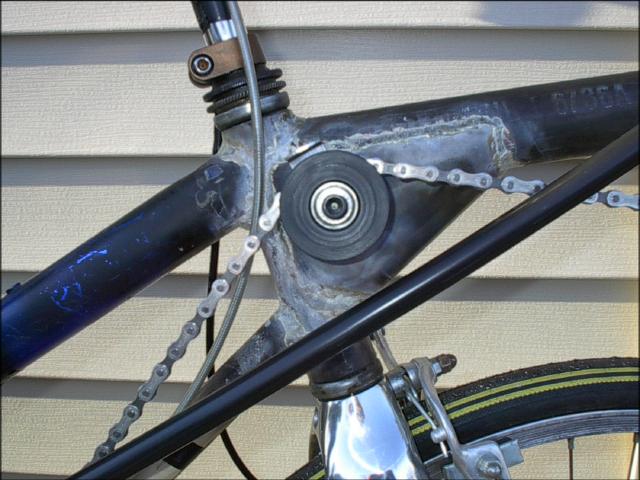
Add an idler here and at the old bottom bracket, and braze
in a couple of cable stops. Run cables. Almost ready to ride!
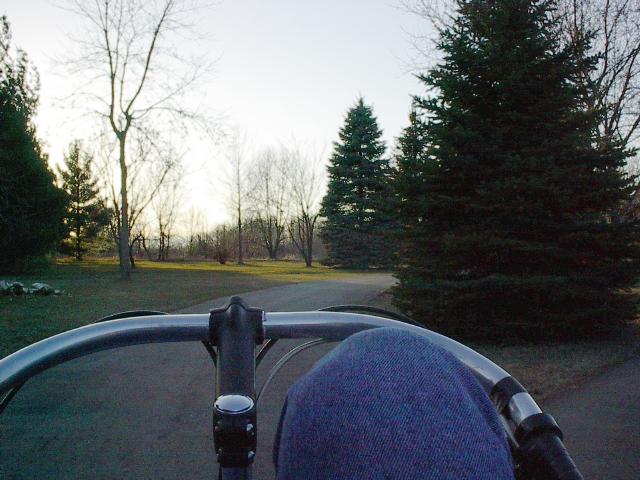
This is the pilot's-eye view of the first driveway test ride. It will require tweaks for a while, but the comfort and handling is promising.

Here it is at its first big outing, Kensington Metropark. Chris Evans and I did 50 miles.